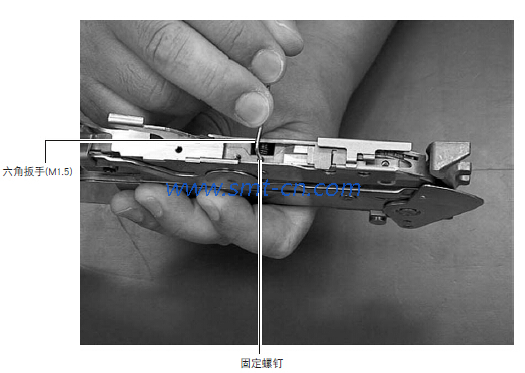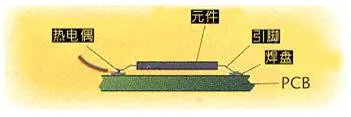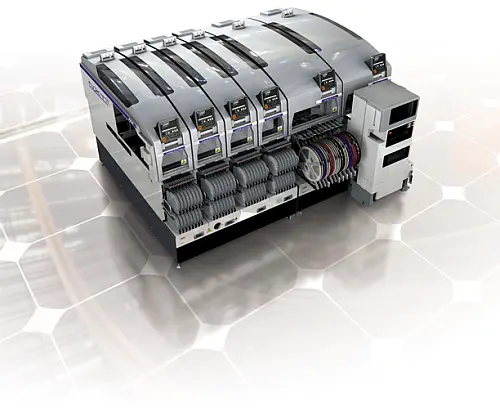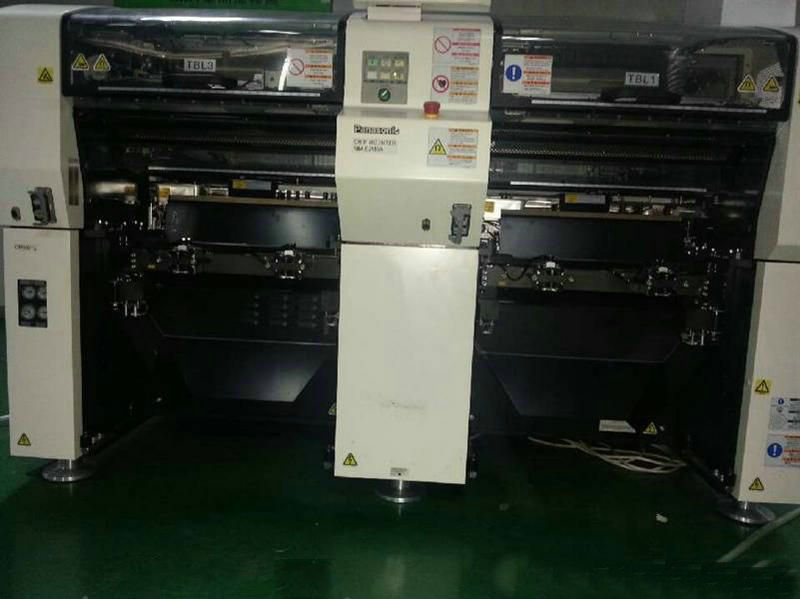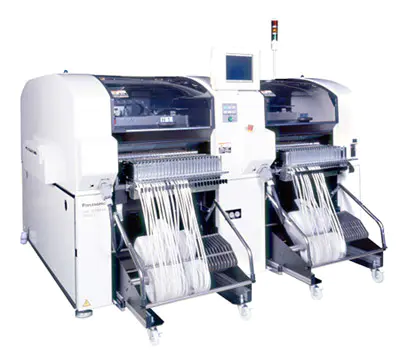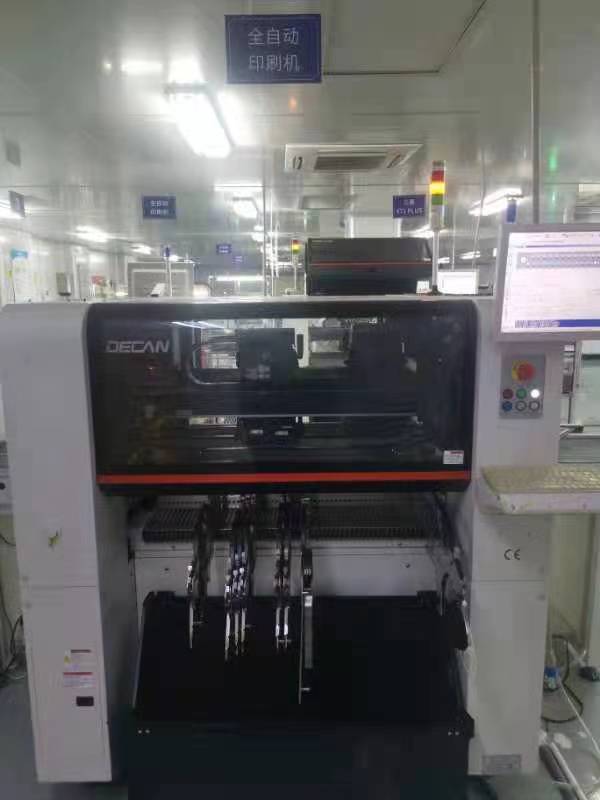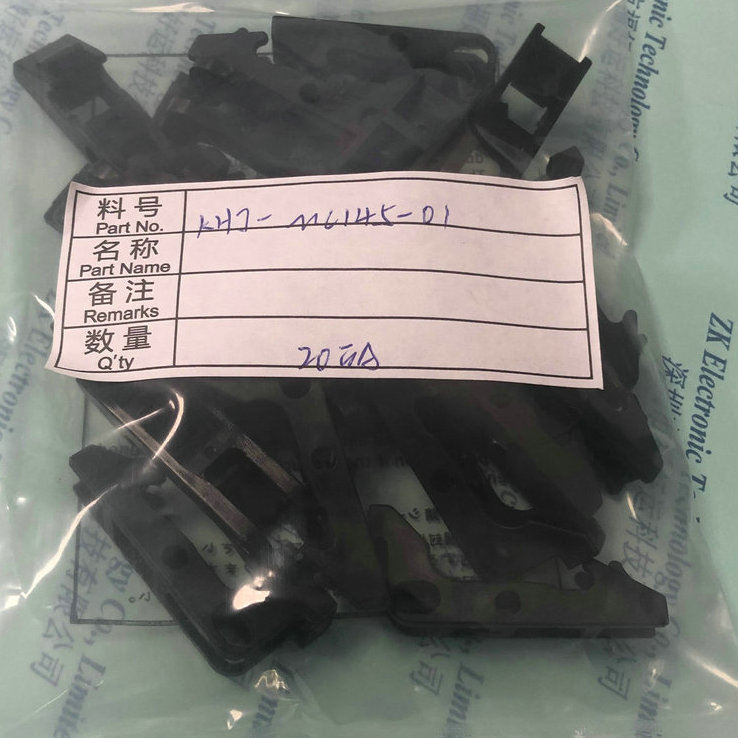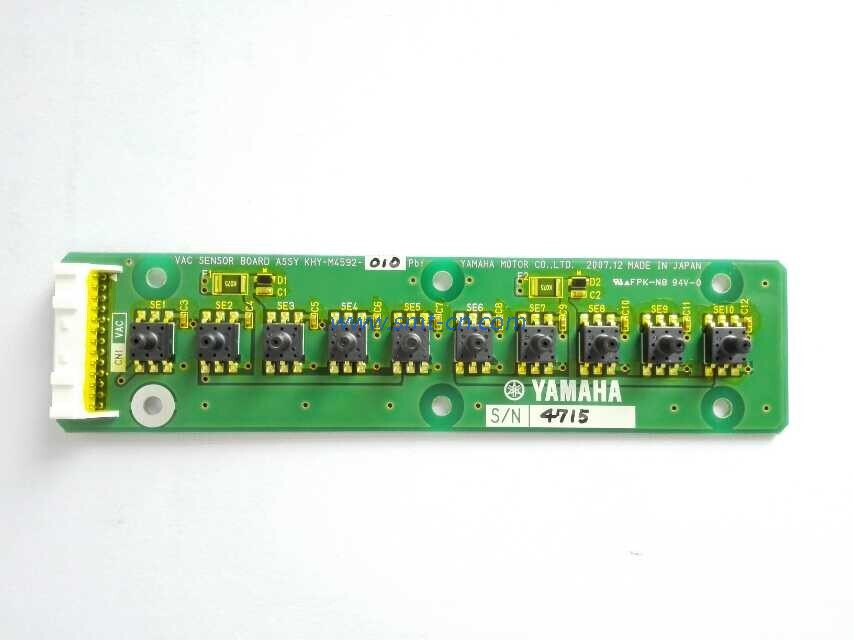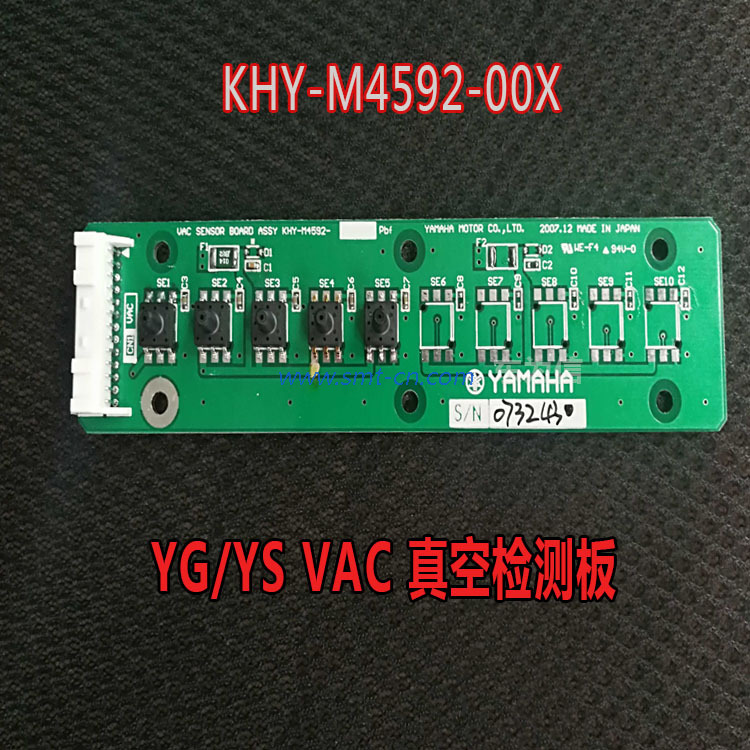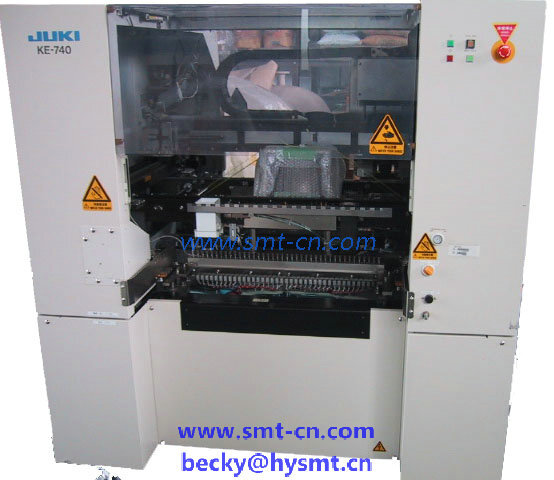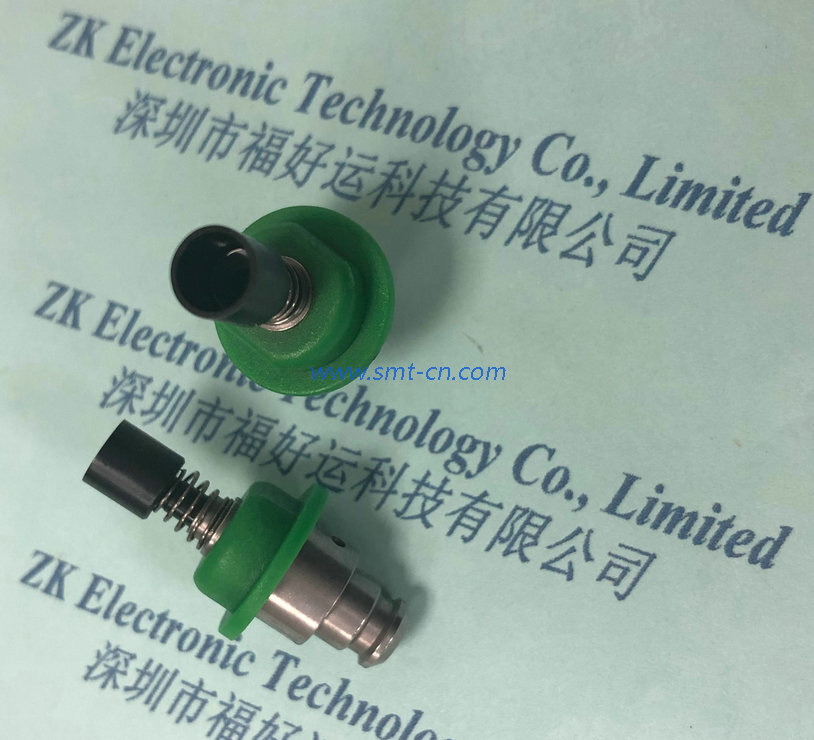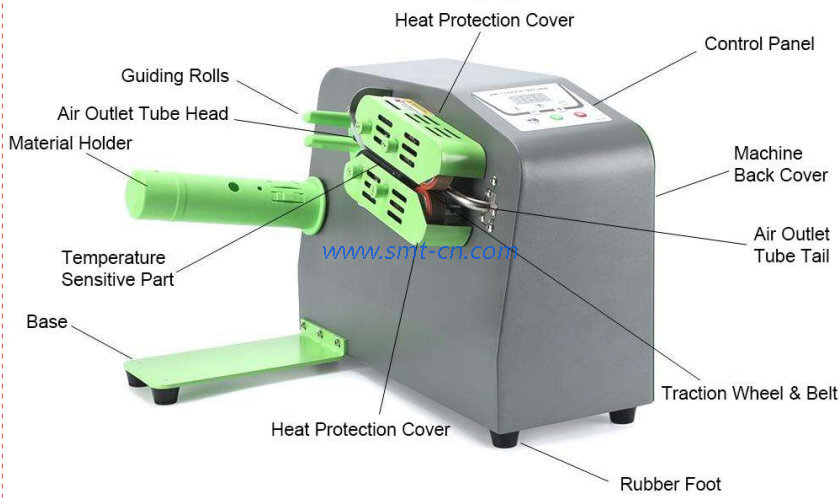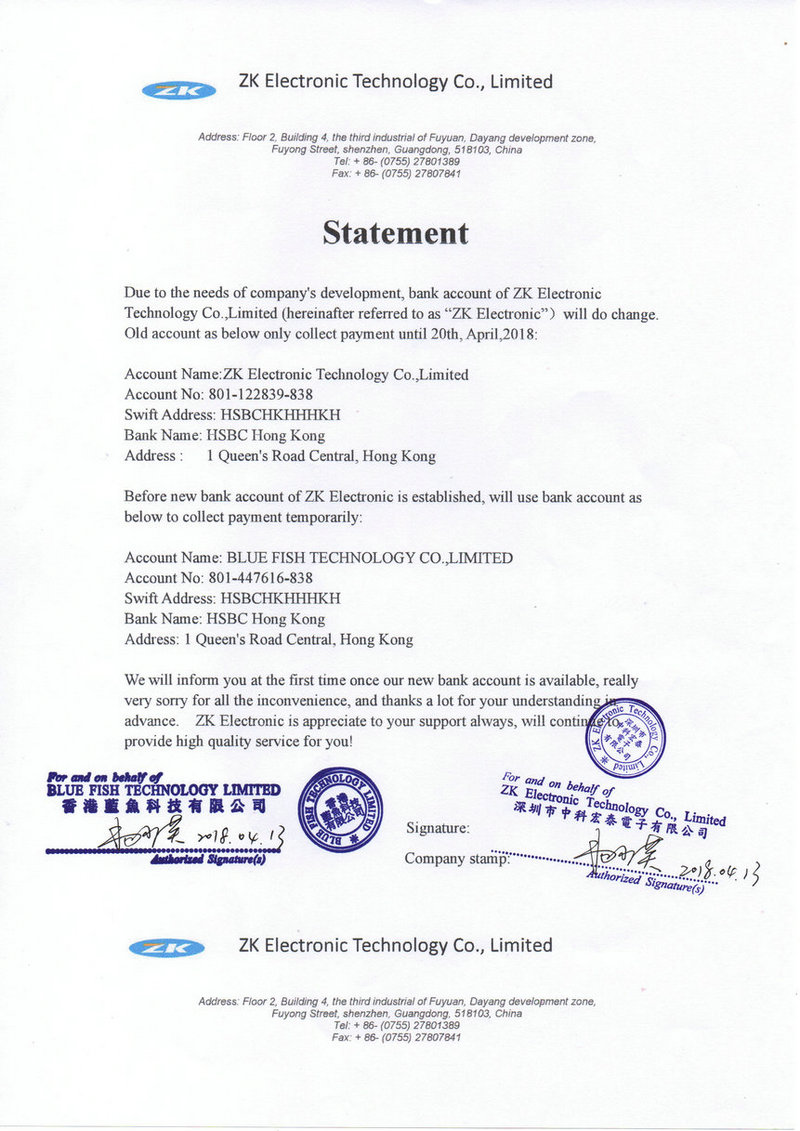NEWS
SMT equipment analysis
- Categories:Industry News
- Author:Becky Su
- Origin:
- Time of issue:2022-12-13 17:07
- Views:
(Summary description)SMT equipment analysis Looking ahead, "flexible", multi-tube arch mount equipment will be the choice of small to mid-size, order-based assembly manufacturers. The ideal equipment to meet this market is one that has the ability to place a wide range of devices from 0201 to large Quad Flat pack (QFP) devices at high speeds. Purchasing a device with much more functionality than is currently required can often avoid future business opportunities that may be missed. Upgrading an existing machine is much more economical than purchasing a new one. Based on the above, many** placement equipment manufacturers have introduced machines with multiple placement heads in various configurations, such as Universal's GC60, Panasonic's CM602, Hitachi's GHX-1, Siemens' HS60, Fuji's NXT, etc., and are gradually replacing turret machines in the dominant position in the high-speed machine market. *In the last five years, more and more companies are preferring placement equipment with flexible features, an "eclectic" solution that combines high placement speed and a large number of feed positions compared to conventional high **degree modules. These platforms are still capable of meeting the full range of placement needs of most components, from *small passive devices to *large active devices. For example, the Siplace device from Siemens uses a unique flexible means of pick-and-place system for placement, while the vertical rotary head system can be used to pick up to 12 components. Many other types of arch-mounted, pick-and-place devices use a multi-pipe workhead. Simultaneous "swarm" pickups can be used to achieve high placement speeds. However, this type of simultaneous pickup does not handle small components well because it requires extremely neat alignment between the nozzle and the feeder. It is not possible to do it extremely neatly on these devices. The alternative is to pick up the components individually, which inevitably increases the time spent on placement considerably. In this way, the machine with multiple mounting head frame will be greatly popular, including multi-arm type, compound type, large parallel system, etc. These models are also called "module machine", because it can flexibly add different types of mounting unit according to the future demand, to meet the future flexible production demand, when the product has changed, can promptly improve The ability to adapt the work of the equipment is very important, because the new package and circuit board brings new requirements. At present with the placement equipment market continues to mature, from one platform to another platform the difference becomes smaller and smaller. Because of this, the purchaser of placement equipment should focus on more than the manual, the evaluation of the equipment is **, not only look at the hardware but also should focus on the software and consider the following key factors: machine type, imaging, and flexibility, with this understanding, it is possible to identify the advantages and disadvantages of different equipment and make an informed choice.
SMT equipment analysis
(Summary description)SMT equipment analysis
Looking ahead, "flexible", multi-tube arch mount equipment will be the choice of small to mid-size, order-based assembly manufacturers. The ideal equipment to meet this market is one that has the ability to place a wide range of devices from 0201 to large Quad Flat pack (QFP) devices at high speeds. Purchasing a device with much more functionality than is currently required can often avoid future business opportunities that may be missed. Upgrading an existing machine is much more economical than purchasing a new one. Based on the above, many** placement equipment manufacturers have introduced machines with multiple placement heads in various configurations, such as Universal's GC60, Panasonic's CM602, Hitachi's GHX-1, Siemens' HS60, Fuji's NXT, etc., and are gradually replacing turret machines in the dominant position in the high-speed machine market.
*In the last five years, more and more companies are preferring placement equipment with flexible features, an "eclectic" solution that combines high placement speed and a large number of feed positions compared to conventional high **degree modules. These platforms are still capable of meeting the full range of placement needs of most components, from *small passive devices to *large active devices. For example, the Siplace device from Siemens uses a unique flexible means of pick-and-place system for placement, while the vertical rotary head system can be used to pick up to 12 components. Many other types of arch-mounted, pick-and-place devices use a multi-pipe workhead. Simultaneous "swarm" pickups can be used to achieve high placement speeds. However, this type of simultaneous pickup does not handle small components well because it requires extremely neat alignment between the nozzle and the feeder. It is not possible to do it extremely neatly on these devices. The alternative is to pick up the components individually, which inevitably increases the time spent on placement considerably. In this way, the machine with multiple mounting head frame will be greatly popular, including multi-arm type, compound type, large parallel system, etc. These models are also called "module machine", because it can flexibly add different types of mounting unit according to the future demand, to meet the future flexible production demand, when the product has changed, can promptly improve The ability to adapt the work of the equipment is very important, because the new package and circuit board brings new requirements.
At present with the placement equipment market continues to mature, from one platform to another platform the difference becomes smaller and smaller. Because of this, the purchaser of placement equipment should focus on more than the manual, the evaluation of the equipment is **, not only look at the hardware but also should focus on the software and consider the following key factors: machine type, imaging, and flexibility, with this understanding, it is possible to identify the advantages and disadvantages of different equipment and make an informed choice.
- Categories:Industry News
- Author:Becky Su
- Origin:
- Time of issue:2022-12-13 17:07
- Views:
SMT equipment analysis
Looking ahead, "flexible", multi-tube arch mount equipment will be the choice of small to mid-size, order-based assembly manufacturers. The ideal equipment to meet this market is one that has the ability to place a wide range of devices from 0201 to large Quad Flat pack (QFP) devices at high speeds. Purchasing a device with much more functionality than is currently required can often avoid future business opportunities that may be missed. Upgrading an existing machine is much more economical than purchasing a new one. Based on the above, many** placement equipment manufacturers have introduced machines with multiple placement heads in various configurations, such as Universal's GC60, Panasonic's CM602, Hitachi's GHX-1, Siemens' HS60, Fuji's NXT, etc., and are gradually replacing turret machines in the dominant position in the high-speed machine market.
*In the last five years, more and more companies are preferring placement equipment with flexible features, an "eclectic" solution that combines high placement speed and a large number of feed positions compared to conventional high **degree modules. These platforms are still capable of meeting the full range of placement needs of most components, from *small passive devices to *large active devices. For example, the Siplace device from Siemens uses a unique flexible means of pick-and-place system for placement, while the vertical rotary head system can be used to pick up to 12 components. Many other types of arch-mounted, pick-and-place devices use a multi-pipe workhead. Simultaneous "swarm" pickups can be used to achieve high placement speeds. However, this type of simultaneous pickup does not handle small components well because it requires extremely neat alignment between the nozzle and the feeder. It is not possible to do it extremely neatly on these devices. The alternative is to pick up the components individually, which inevitably increases the time spent on placement considerably. In this way, the machine with multiple mounting head frame will be greatly popular, including multi-arm type, compound type, large parallel system, etc. These models are also called "module machine", because it can flexibly add different types of mounting unit according to the future demand, to meet the future flexible production demand, when the product has changed, can promptly improve The ability to adapt the work of the equipment is very important, because the new package and circuit board brings new requirements.
At present with the placement equipment market continues to mature, from one platform to another platform the difference becomes smaller and smaller. Because of this, the purchaser of placement equipment should focus on more than the manual, the evaluation of the equipment is **, not only look at the hardware but also should focus on the software and consider the following key factors: machine type, imaging, and flexibility, with this understanding, it is possible to identify the advantages and disadvantages of different equipment and make an informed choice.
Related News
CONTACT US
Hotline:(0086)755-27801389
Mobile: (0086)15323874439
Sale No.1: becky@hysmt.cn
Sale No.2: fhysmt@hysmt.cn
Sale No.3: zksale@hysmt.cn
Sale No.4: sale@hysmt.cn
Sale No.5: elsey@hysmt.cn
GIVE ME A MESSAGE
Copyright: ZK Electronic Technology Co., Ltd 粤ICP备11054297号 Powered by www.300.cn



